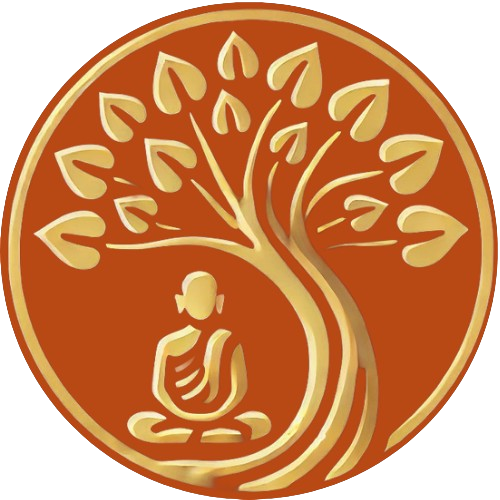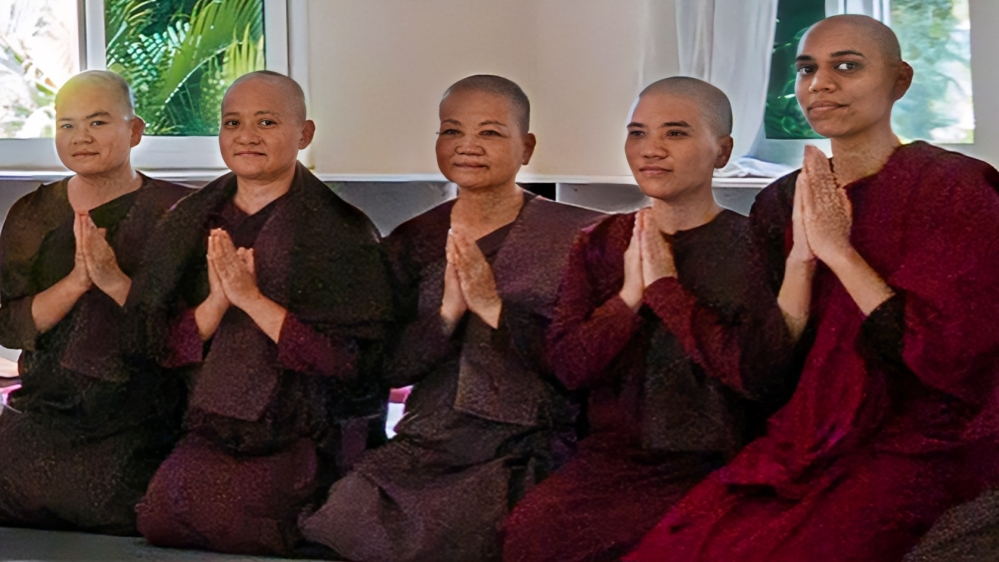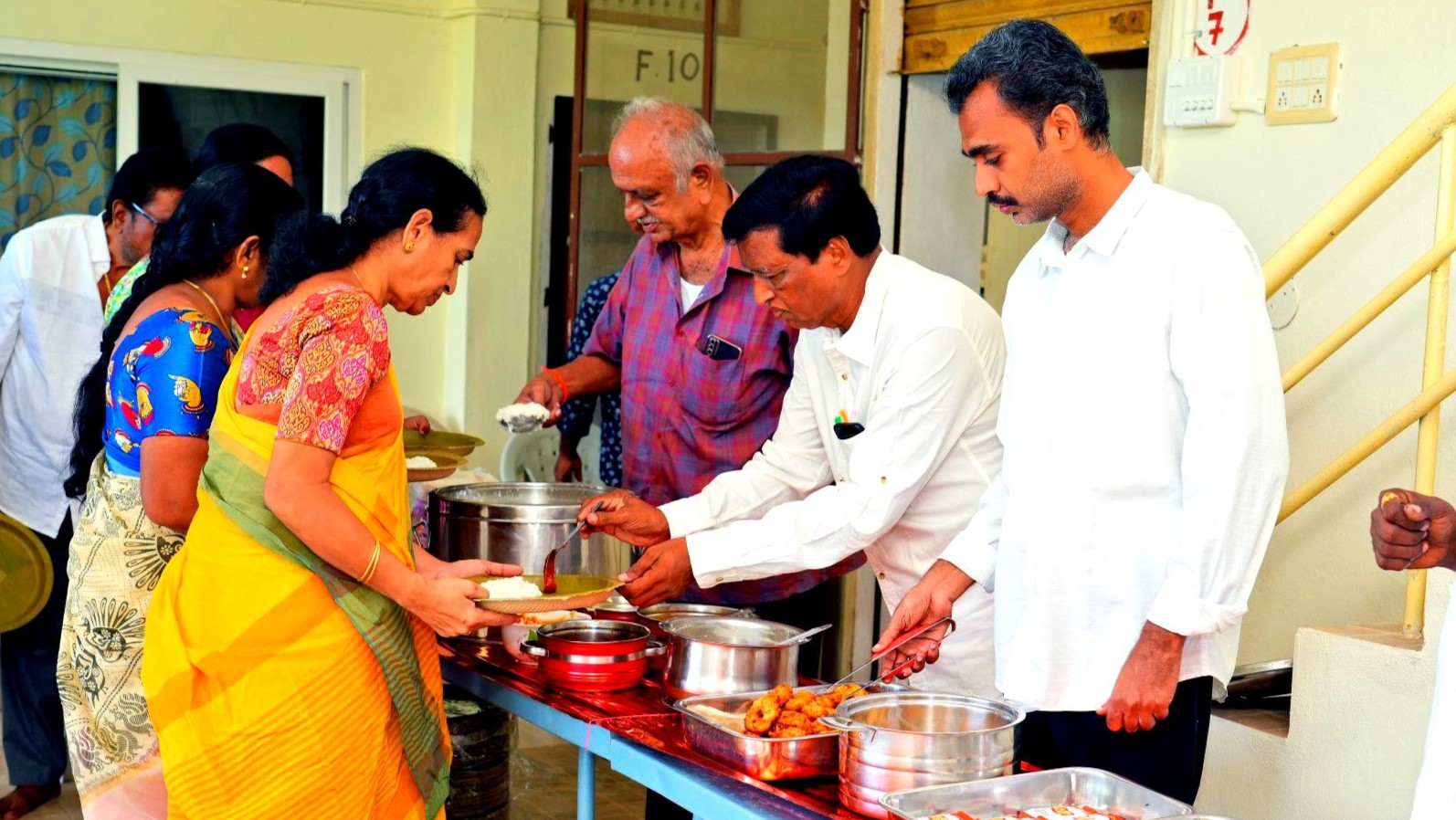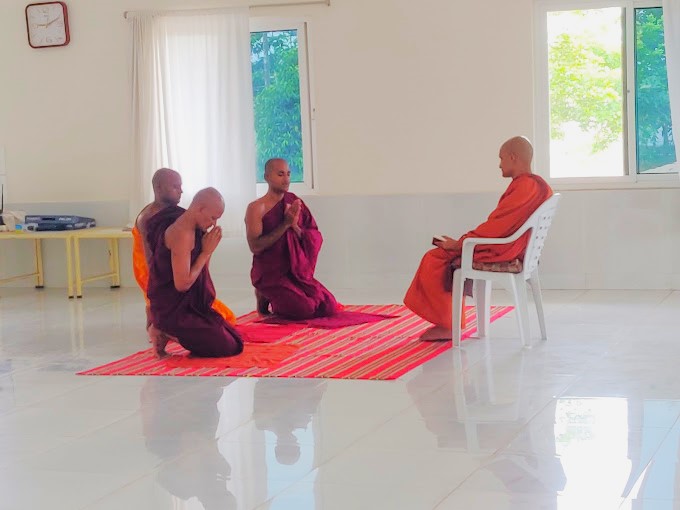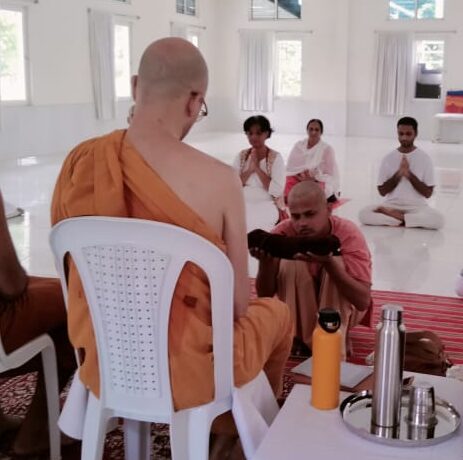Guidelines for Meditators

Sangharama welcomes all who wish to deepen their monastic practice in a disciplined and contemplative environment. While short-term visitors are welcome, those seeking long-term residency should clearly understand:
- Sangharama is a training ground for those who wish to practice under guidance, in harmony with the community and in line with the Heart Dhamma tradition.
- Residency means living in accordance with the guidance of the resident teacher, the monastery’s daily schedule, and practicing the Buddha’s teachings as taught in the Heart Dhamma tradition.
- Long-term residents are expected to commit sincerely to the community’s way of training and uphold harmony with the Sangha.
- Those unable or unwilling to follow this way of practice are kindly requested to limit their stay to short visits.
Residency at Sangharama is both a privilege and a commitment — a shared vow to uphold Vinayadiscipline, sincerity of Heart, and collective harmony of the Sangha.
When staying at Sangharama, lay meditators and visitors are encouraged to observe the followingguidelines to support their practice and harmonize with the monastic community:
1. Duration of Stay
- Short-Term Visits: Nauyana Monastery welcomes laypeople for short-term stays, often up to a couple of weeks i.e, 14 days.
- Long-Term Aspirants: Those considering ordination or extended practicemay be permitted longer stays, typically starting with a 30-day period, which can be extended based on logistics and adherence to monastic guidelines.
2. Precepts and Conduct
All meditators and visitors should observe the Eight Precepts during their stay at the monastery.
These precepts are the moral guardrails that serve as protection for the dhamma practice of the individual, paving the way for deeper purification of the heart.
- Refrain from killing any living being (Ahimsa).
- Refrain from taking what is not given (Stealing).
- Refrain from all sexual activity (Celibacy).
- Refrain from false speech (Lying, gossip, divisive speech).
- Refrain from consuming intoxicants (Alcohol, drugs, substances that cloud the mind).
- Refrain from eating after midday (Following monastic meal discipline).
- Refrain from entertainment (Singing, dancing, music, etc).
- Refrain from beautification (make up, adornments, perfumes etc).
3. Commitment to Practice of Dhamma
- Dedication: Dedicate regular time each day to meditation practice and Dhamma study.
- Participation: Participate in group meditation sessions and attend Dhamma talks to deepen your understanding and experience of the teachings.
4. Respectful Interaction with the Monastic Community
- Monastic Etiquette: Show courtesy and respect when interacting with monastics, fellow practitioners and monastery residents, and avoid physical contact, especially with members of the opposite sex.
- Silence and Solitude: Maintain noble silence during designated times and respect others’ need for quiet and solitude.
5. Communication
- Permission: Seek permission before using electronic devices, taking photographs, or recording.
- Mindful Speech: Engage in speech that is truthful, harmonious, and beneficial; Refrain from engaging in gossip or divisive speech; observe periods of silence as required.
6. Openness to Guidance and Self-Reflection
- All meditaters are expected to follow the instructions and guidance offered by the resident Dhamma teacher of the monastery.
- Meditation and study should be undertaken with sincerity, humility, and dedication.
- The purpose of practice is the continual purification of the Heart, refining virtue, concentration, and wisdom.
- Avoid distractions such as excessive social interactions or engagement insecular knowledge unrelated to the path.
- Strive to deepen understanding through direct experience rather than mere theoretical knowledge.
- Regularly engage in self-reflection to foster personal growth and deepen your spiritual practice.
7. Appropriate Attire and Demeanor
- Modesty: Dress modestly and appropriately for the monastic setting, reflecting respect for the sacred atmosphere.
- Specific Attire: Lay practitioners are encouraged to wear plain, preferably white garments. A clothing that covers shoulders and knees; avoid tight or revealing attire and flashy outfits. Keep it plain, simple and comfortable.
- Demeanor: Carry yourself with humility, openness, and a spirit of service, embodying the teachings of the Dhamma.
8. Simplicity and Mindful Living
- Simplicity: Embrace a simple lifestyle by minimizing material attachments. Accommodations are basic, reflecting the monastic emphasis on simplicity.
- Living: Maintain a clean, orderly living space that reflects the values of simplicity and mindfulness.
- Meditation Spaces: Keep silence or speak softly in designated meditation and study areas to preserve a tranquil atmosphere.
- Common Spaces: Follow any specific instructions regarding the use of common areas to ensure a harmonious environment for all.
- Personal Items: Use of high-power electrical devices is restricted.
9. Meals
- Offering: Participate in meal offerings to monastics, acknowledging that monks and nuns typically eat once or twice before midday.
- Dietary Restrictions: Be prepared for simple, vegetarian meals unless otherwise specied.
10. Health and Safety
- Self-Sufciency: Bring necessary personal medications and inform the monastery of any health concerns.
- Awareness: Be mindful of local wildlife and environmental conditions of the monastery.
11. Active Participation and Service
- Contribute to the upkeep and smooth running of the community through voluntary service such as cleaning, meal preparation, or assisting in organizing group activities.
- Recognize that your contributions help sustain a supportive and compassionate environment.
12. Monastery’s Daily Schedule ( Indicative )
- 4:00 am – Wake up, Exercise
- 4:30 am – Group meditation
- 6:00 am – Alms round (where practiced) or breakfast
- 8:00 am – Personal meditation, study, or seclusion
- 9:30 am – Interview
- 10:50 am – Main meal
- 12:00 pm – Rest
- 1:00 pm – Walking meditation, study
- 5:00 pm – Refreshment
- 6:00 pm – Personal meditation, study, or seclusion
- 10:00 pm – Lights Out
13. What to Bring
- Proof of Identity Documents like Passport or Aadhaar card for documentation and verification
- Personal items
- Bedding (if needed)
- Notebook and Stationaries
- Personal Medicines and supplements
- Umbrella
- Torch
- Alarm clock
- Mosquito repellent
Conclusion
Residency at Sangharama is a commitment to walk the path of that leads to the end of all Suffering withsincerity of Heart, faith in the Buddha, in harmony with the Sangha, and in accordance with Dhamma.
May all who enter Sangharama uphold these guidelines with sincerity, leading to the purification of the heart, the welfare of the Sangha, and the realization of the ultimate goal—Nibbāna.
